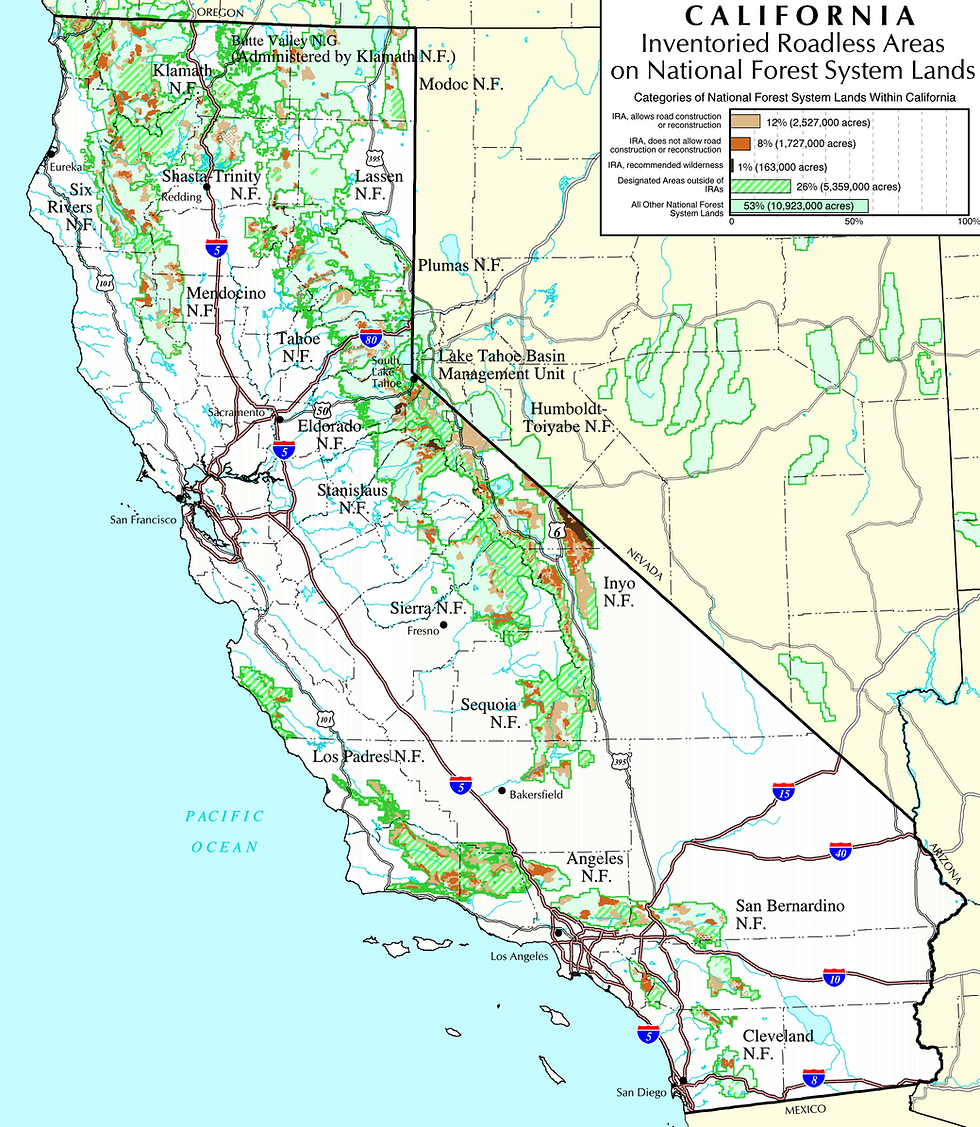Clever Gov’t Tricks Undercut Marten Protections
- EPIC Staff
- Oct 10, 2018
- 2 min read
Updated: Aug 28, 2023

Let’s start with the Endangered Species Act. The Act has two tiers of protections. “Endangered Species,” those closest to extinction, receive the most stringent protections, including a broad prohibition against “take”—i.e., harming the species or the habitat it requires. “Threatened Species,” those species not quite as imperiled as Endangered Species, get most of the same protections, except for one major caveat: the Service can exempt activities from the “take” prohibition. (These exemptions are called “4(d)” rules after their section of the ESA.)
So to reduce the sting of the listing decision, the Service is proposing to list the marten as “threatened” (not as “endangered,” the more scientifically defensible category) and with a 4(d) rule that largely exempts timber harvesting from the Act’s reach. This matters because timber harvesting is one of the most pressing threats to the marten, as logging not only directly removes marten habitat but also increases predation of martens by creating better habitat for the generalist predators, like bobcats, that like to munch on martens. A press release issued by the Service makes this 4(d) rule sound minor—that “certain forestry management activities associated with this species, while causing some take of martens, actually benefit population and are necessary for public safety.” Sure, in theory, EPIC could agree with this mealy statement. But the rule goes farther than the Service is willing to admit to the press.
In the actual proposed rule, the Service would exempt “[f]orest management activities includ[ing]…Safe Harbor Agreement[s]…approved by the California Department of Fish and Wildlife….” Avid readers will remember that the Department already approved a Safe Harbor agreement for Green Diamond that gave the company a free pass to continue their logging practices without any substantive changes. So the Service has doubled down on this faulty state decision.
The decision is also darkly amusing because the Service has previously rejected the same measures contained within the Safe Harbor Agreement as inadequate when Green Diamond tried to get these rolled into a new federal Habitat Conservation Plan for the marten. Why? The Service found that there was too much “uncertainty concerning the benefits” of the Agreement to approve.
So here we are; timber influence continues to trump species protection. Despite this challenge, EPIC won’t stop advocating for our favorite mustelid until it is safe.





Comments